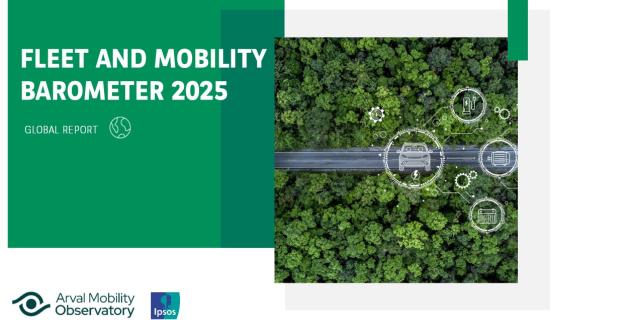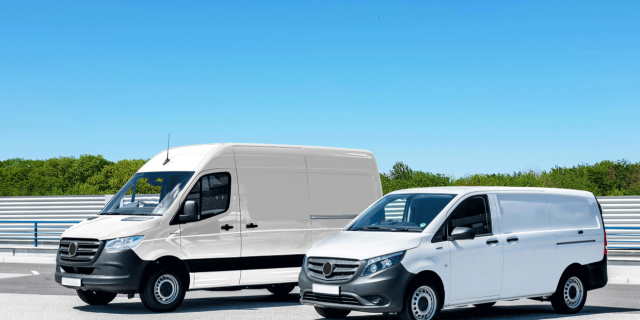HOW WILL WLTP AFFECT MY FLEET?
By now, you’ll probably have heard about WLTP, the new official testing regime that is designed to provide much more accurate fuel consumption and emissions figures. But have you given any thought to how it will impact on your fleet?
First, a quick recap. Since the 1980s, all new cars have been subject to a test called the New European Driving Cycle (NEDC). However, its accuracy has long been recognised as poor, especially for newer technologies such as hybrids and electric vehicles. To deliver a more relevant set of figures, a replacement has been created - the Worldwide harmonised Light Vehicle Test Procedure (WLTP) - which should produce fuel consumption and emissions numbers that are much closer to those you might expect to really achieve. WLTP will undoubtedly have an effect on how company cars are operated, so we asked Nicolas Michel of Arval Consulting, to explain how.
1.How does WLTP work?
The WLTP driving cycle is divided into four parts with different average speeds - low, medium, high and extra high. Each part contains a variety of driving phases, stops, acceleration and braking phases and, for each car type, each engine configuration is tested for the vehicle’s lightest and heaviest versions. It is designed to emulate how vehicles are used in the real world as closely as possible.
2. How will WLTP affect existing cars?
From September, all new cars on sale must use WLTP rather than NEDC. Because they are much more representative of real world conditions, we expect all WLTP figures to be higher than NEDC. Overall, there will be about a 20% increase in fuel consumption and emissions but the effect will differ widely from model to model and for different types of car. Some we have seen are only 10% higher but some more than 50%.
3. Will it encourage the use of new technology?
Yes, we believe it will. The old NEDC system didn’t really reflect how vehicles such as plug-in hybrids and electric vehicles perform in the actual fleet conditions, producing some very misleading figures, but WLTP is much more representative. Because of this, we expect it to play a potentially important part in fleets with the increase of alternative energy vehicles.
4. What changes will I have to make to my fleet policy?
Fuel is a major fleet expense, so any new developments in this area are likely to have an effect. At the very least, you should adopt WLTP figures as soon as they become available for the cars that you are buying in order to help you recognise the most economical and environmentally friendly options for your fleet. For those who take a professional approach and use the Total Cost of Ownership model to calculate their fleet running costs, there is a strong argument for renewing your calculations using WLTP. This may very well affect which vehicles you choose to acquire in the future.
5. How can Arval help me?
Our consultants are experts on how to apply WLTP to the management of your fleet, helping you to incorporate it successfully in your fleet policy. Usefully, we can also call on our database of the real world fuel consumption of more than one million vehicles alongside the official figures, which gives us a unique level of insight.
To find out more about how Arval can help you manage the effects of WLTP, contact Arval Consulting











